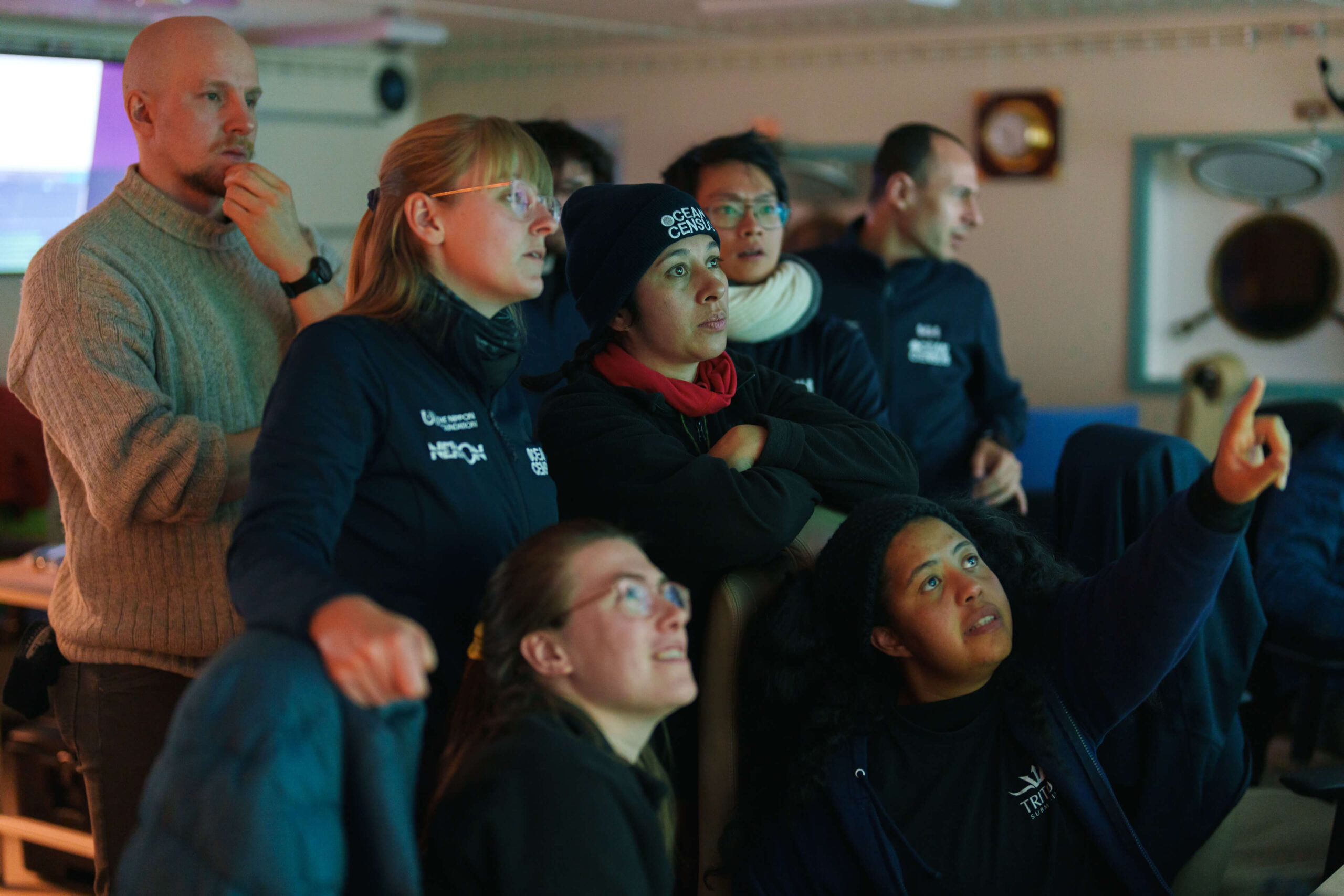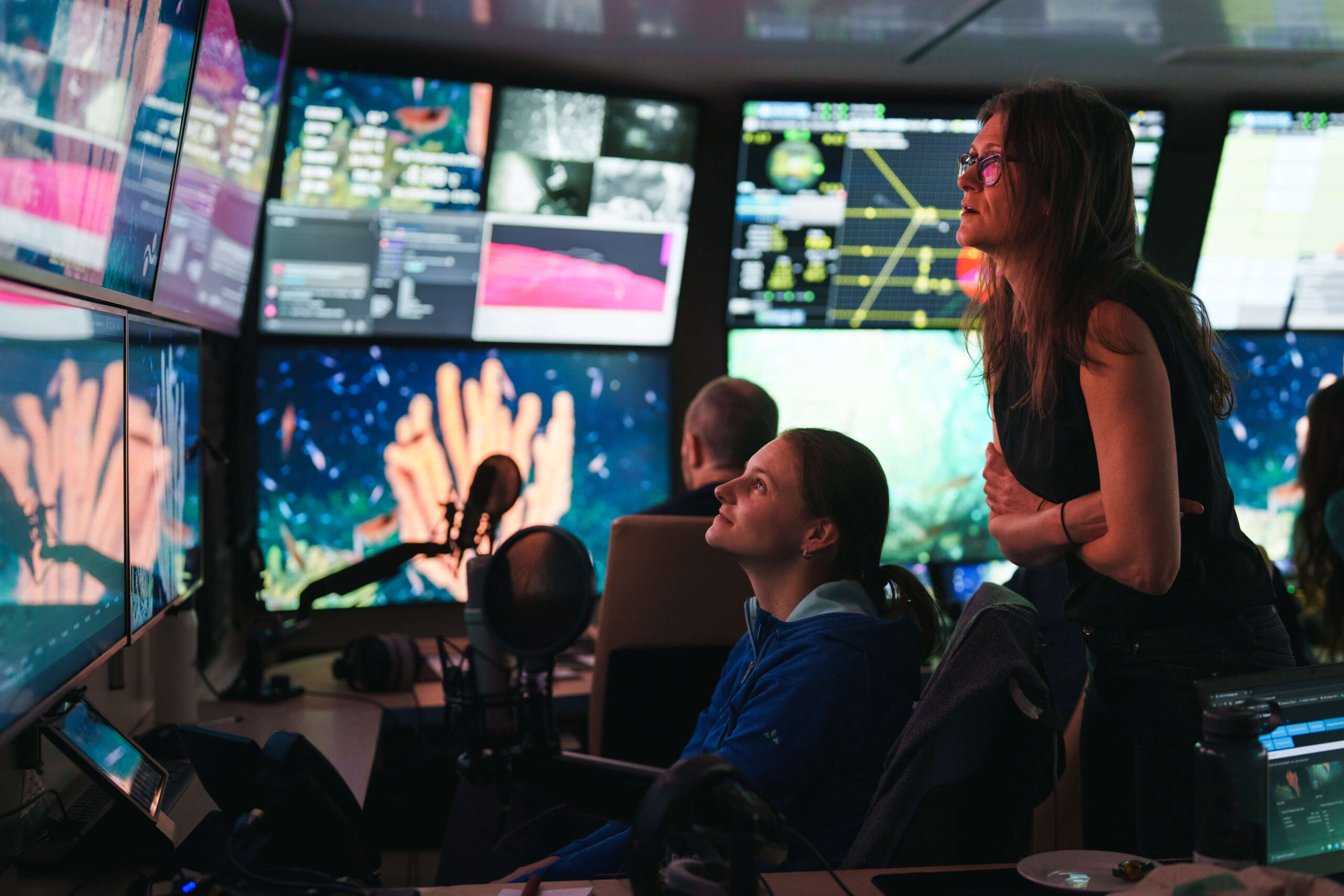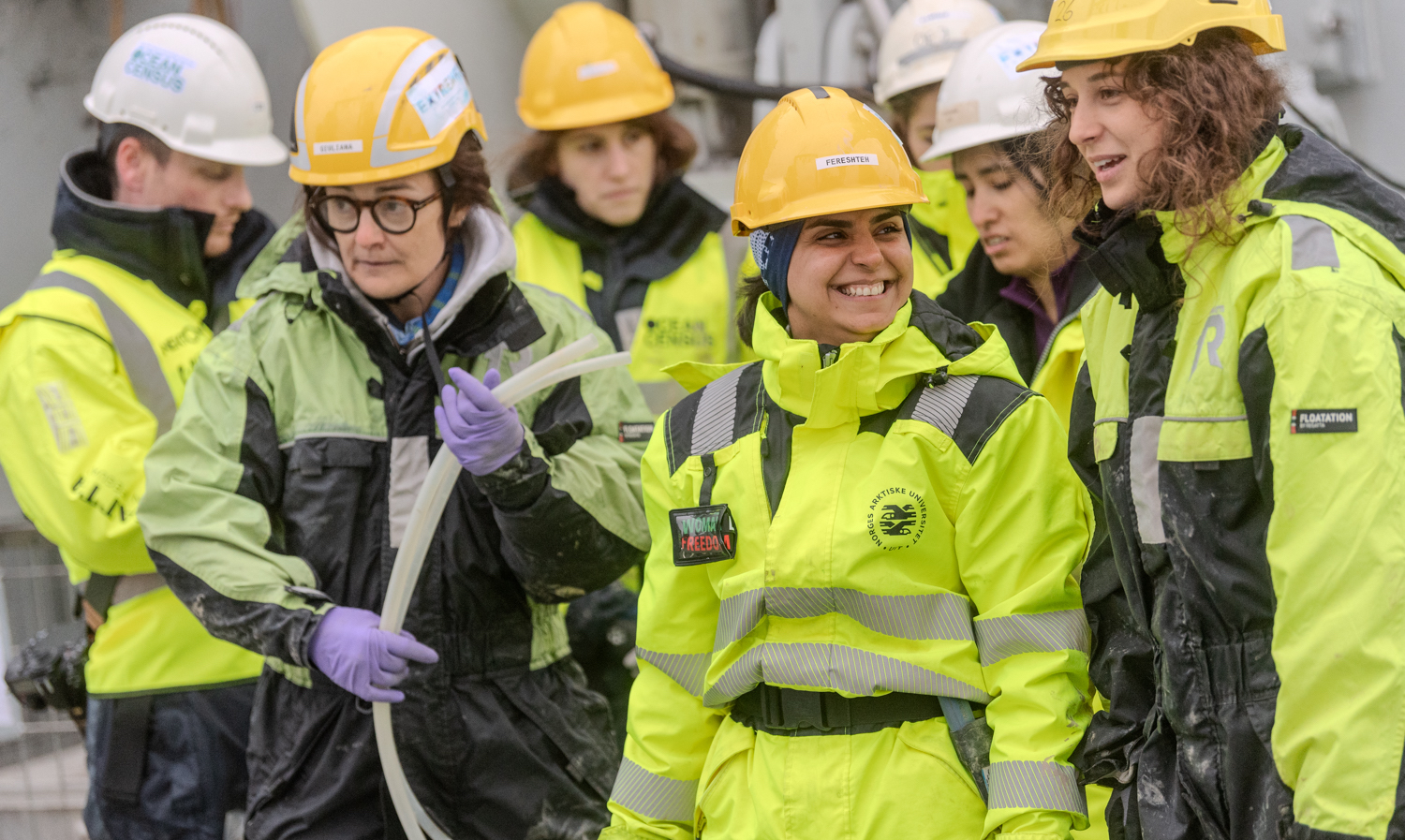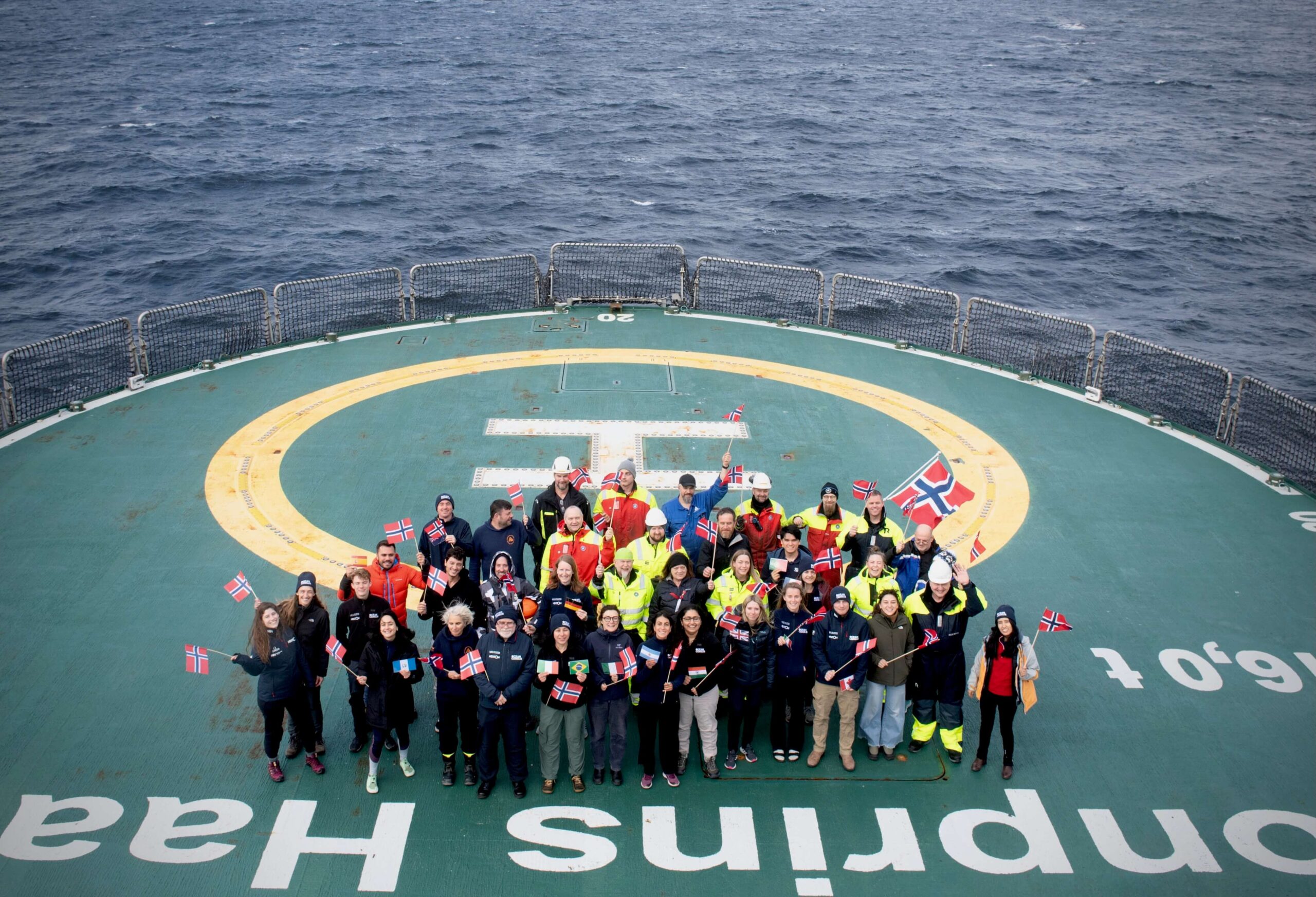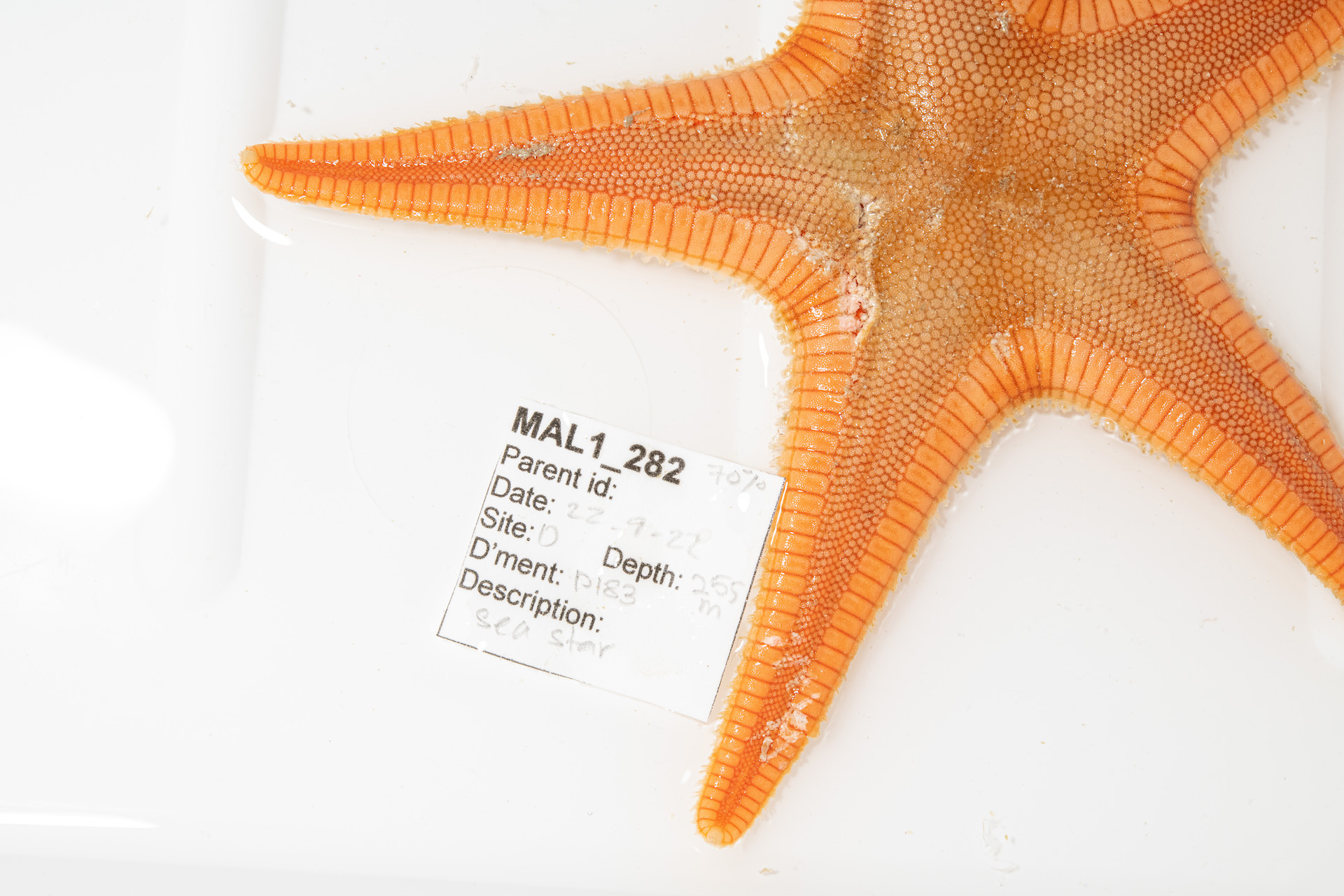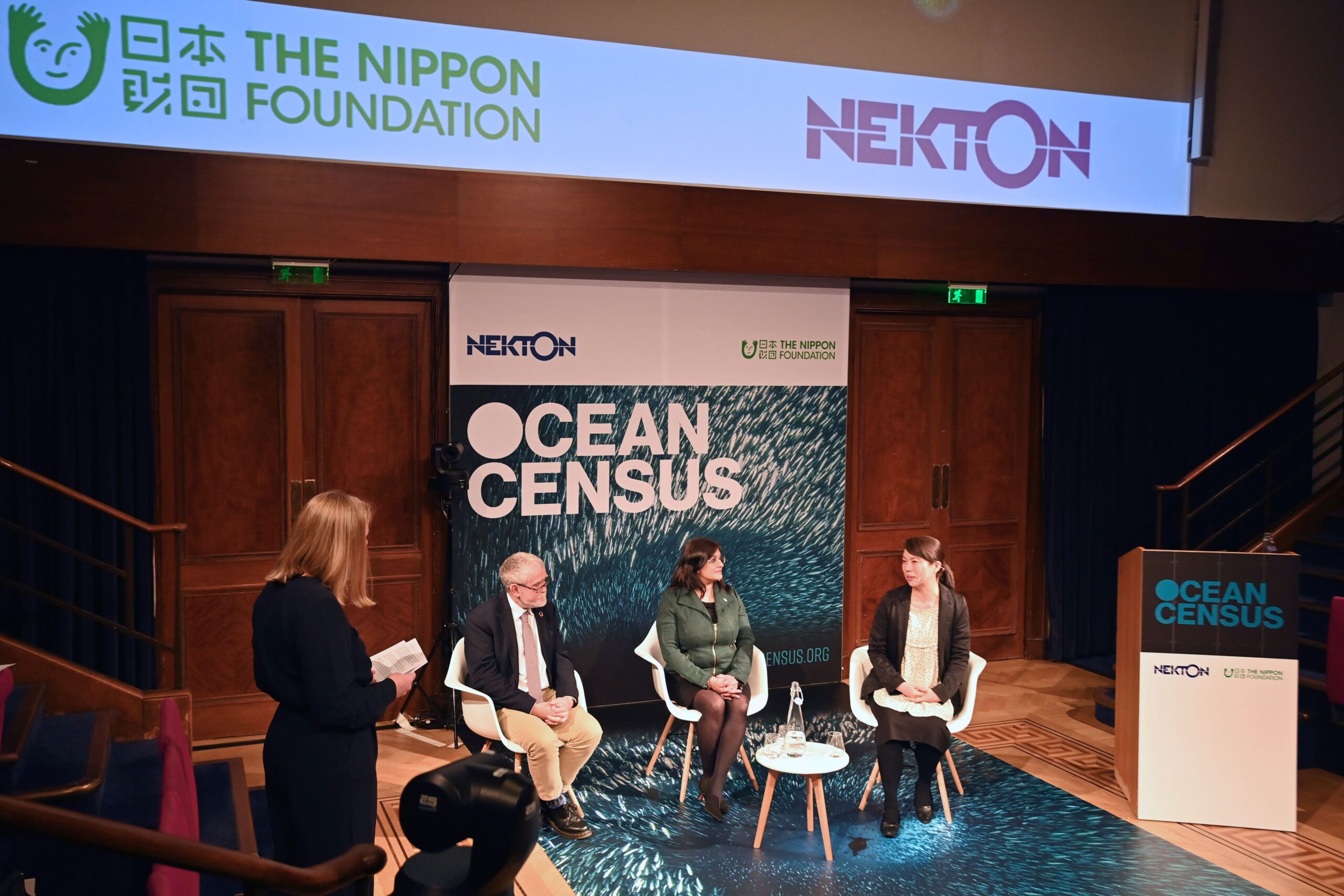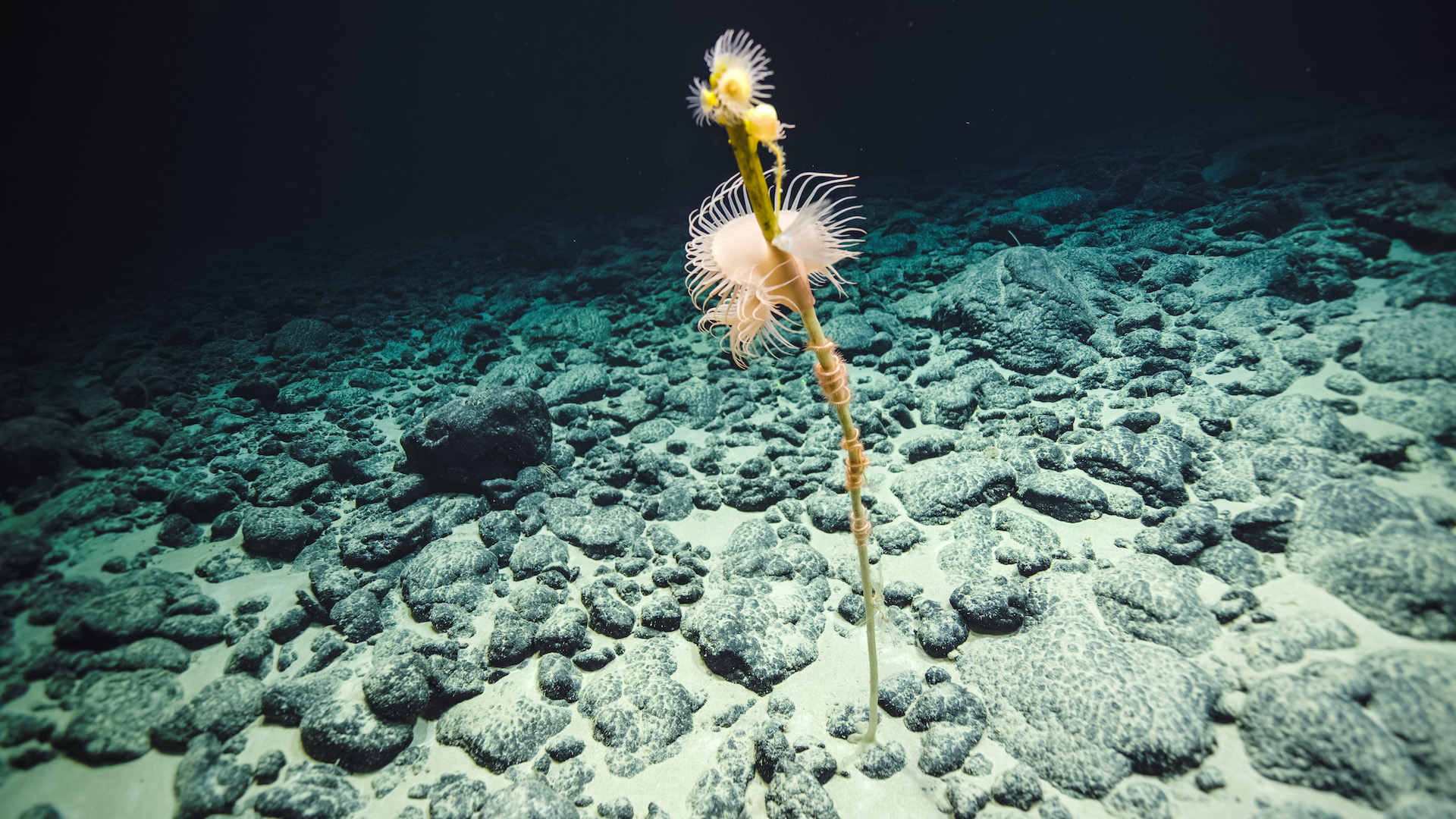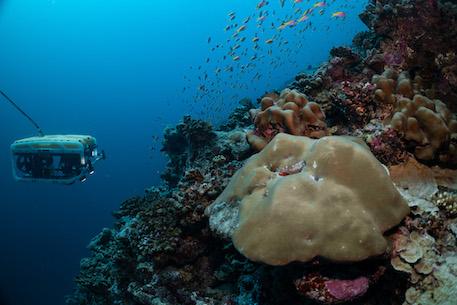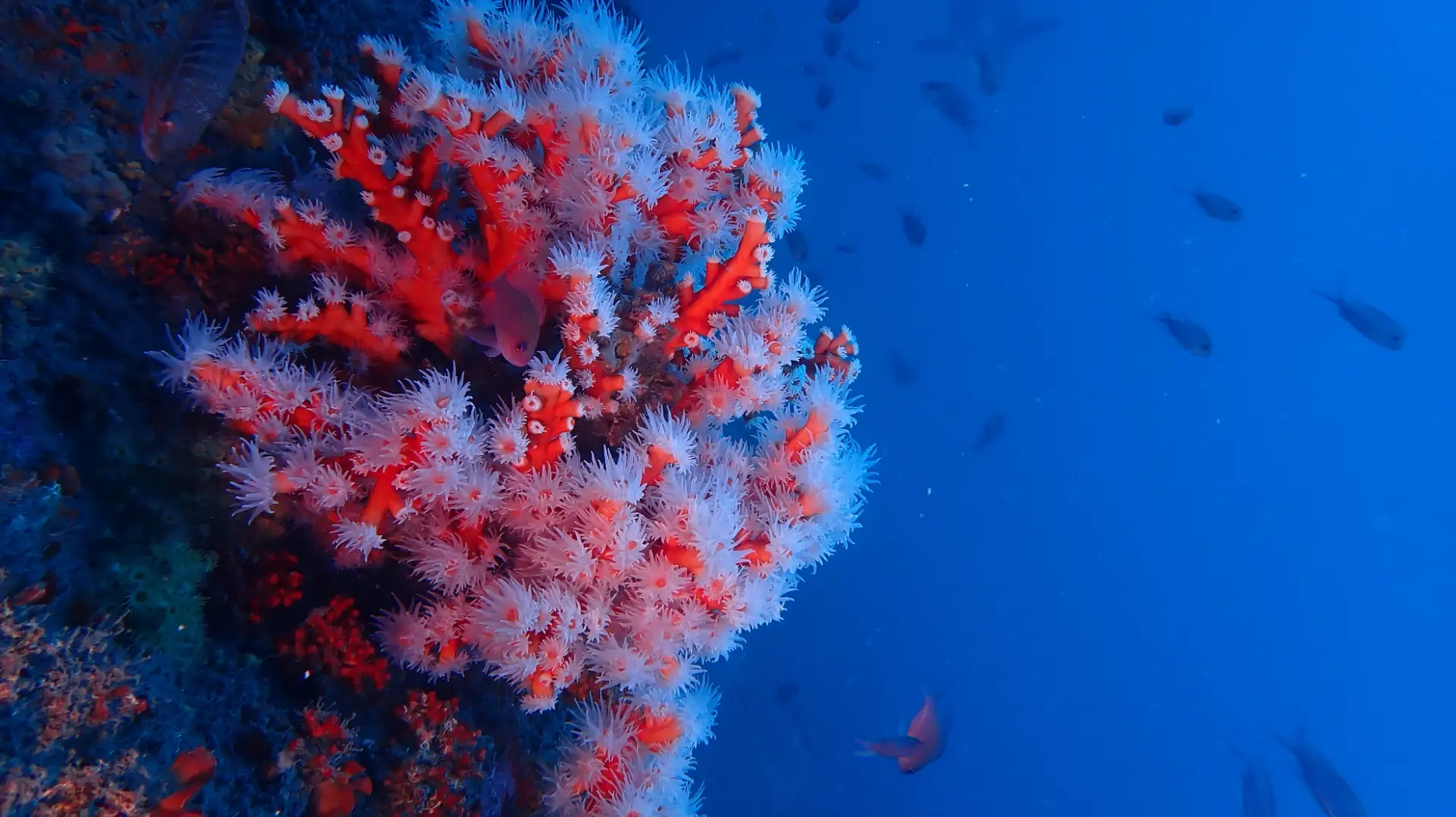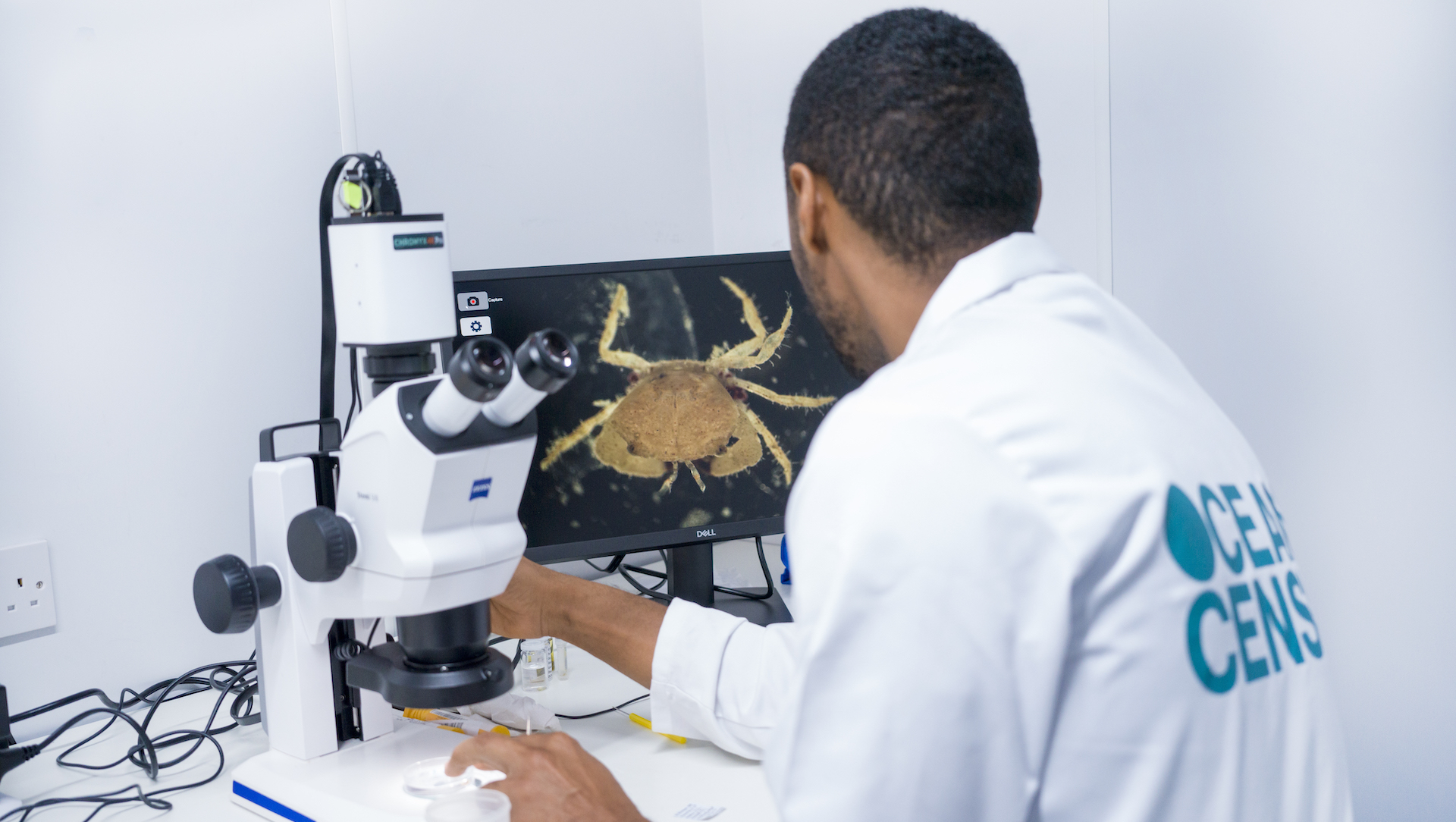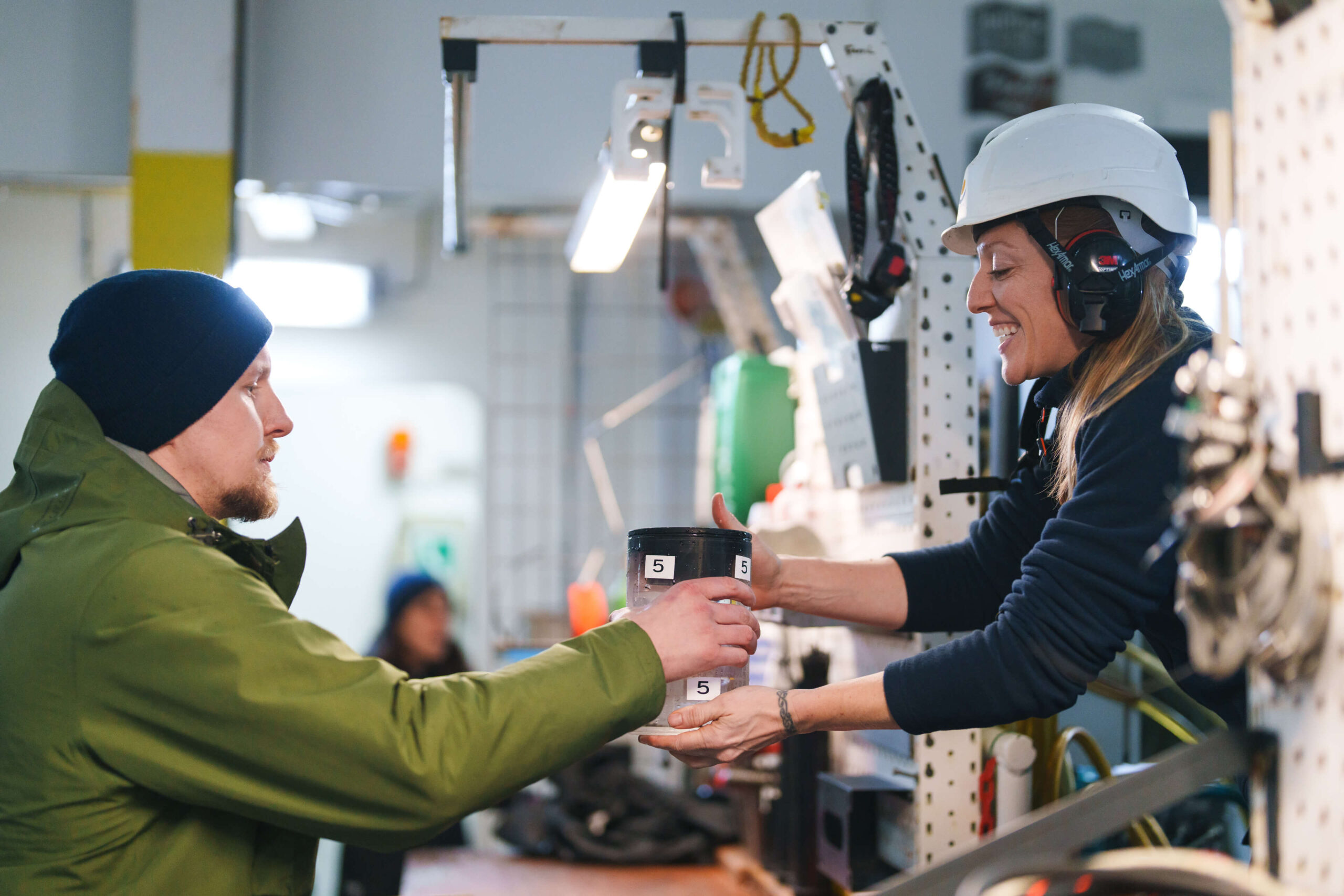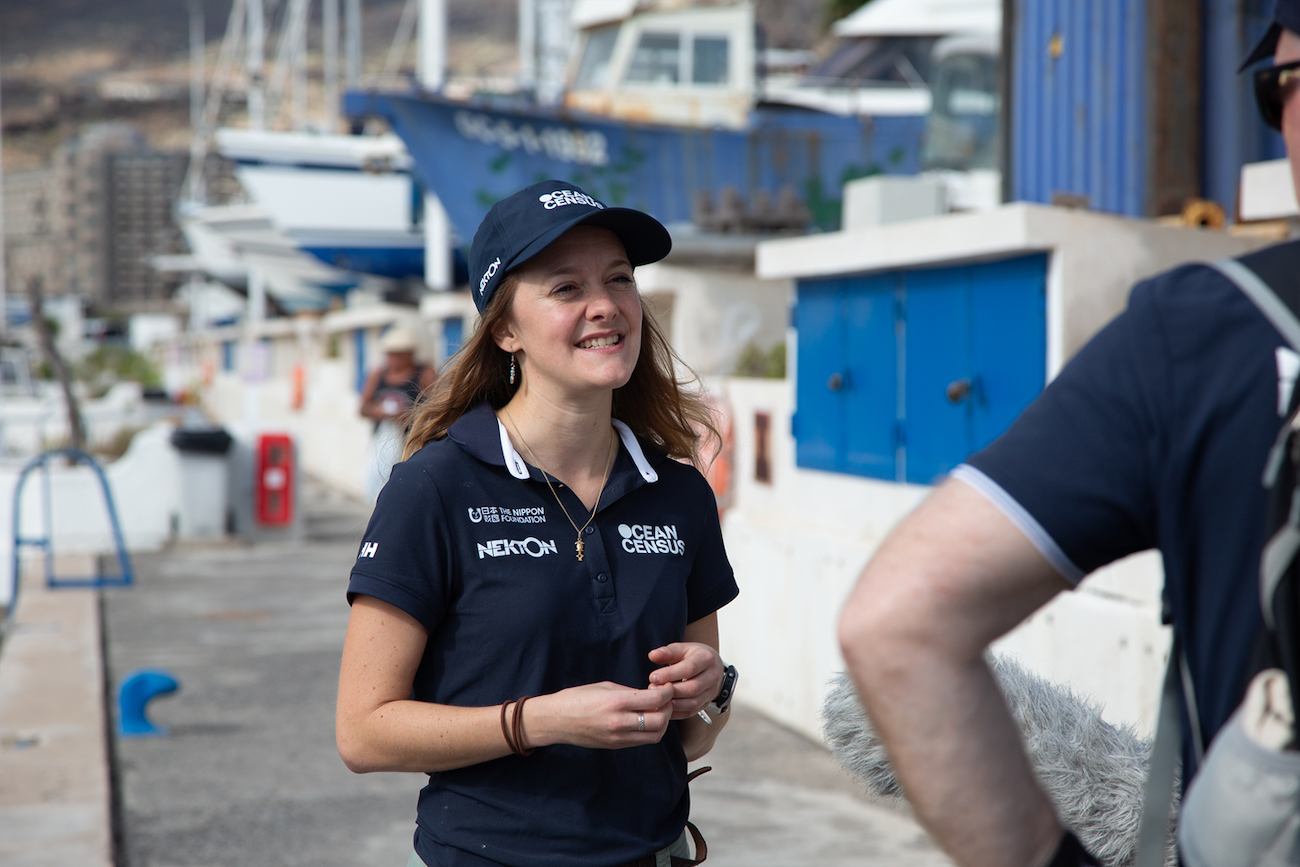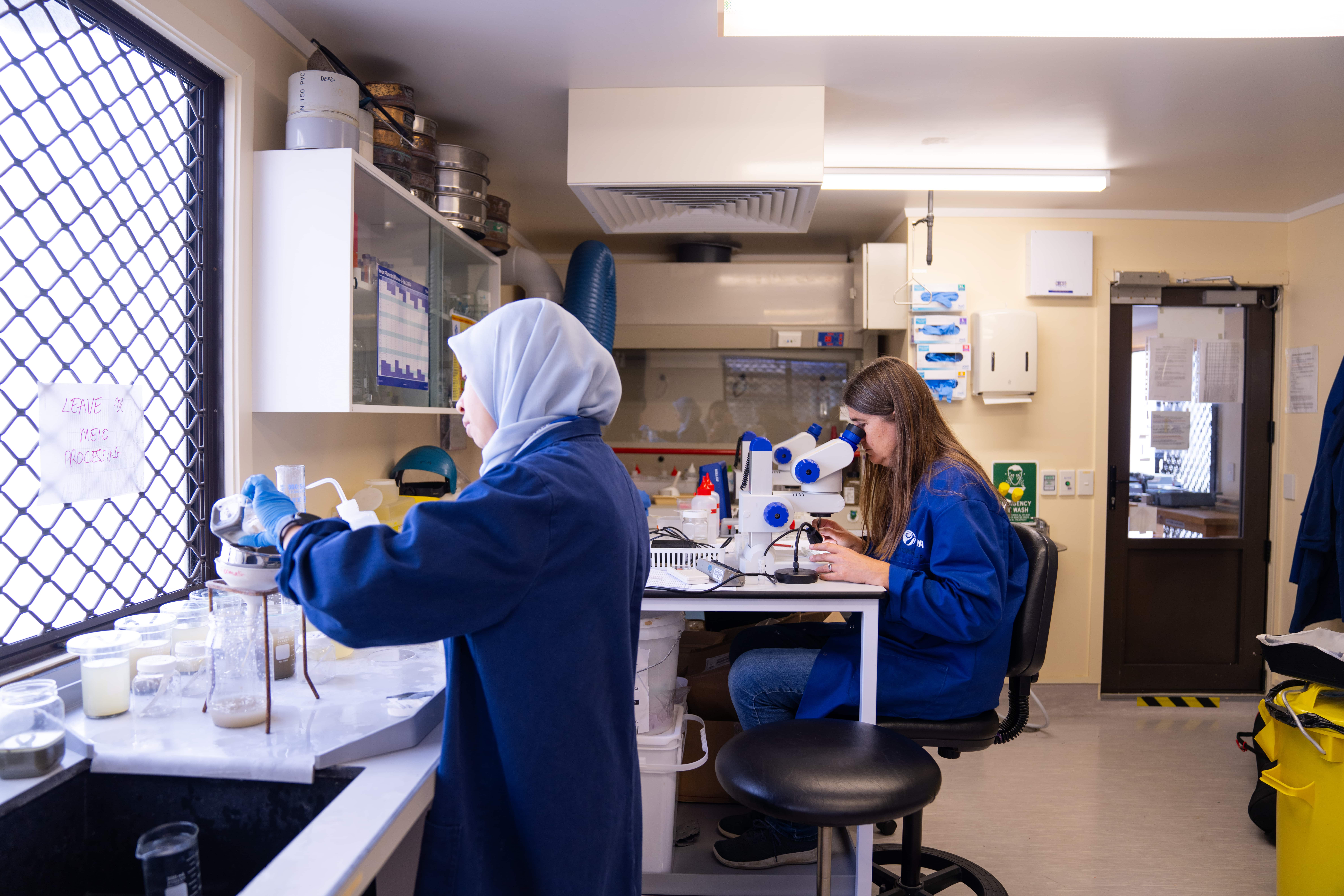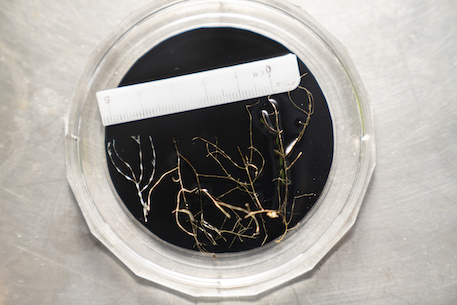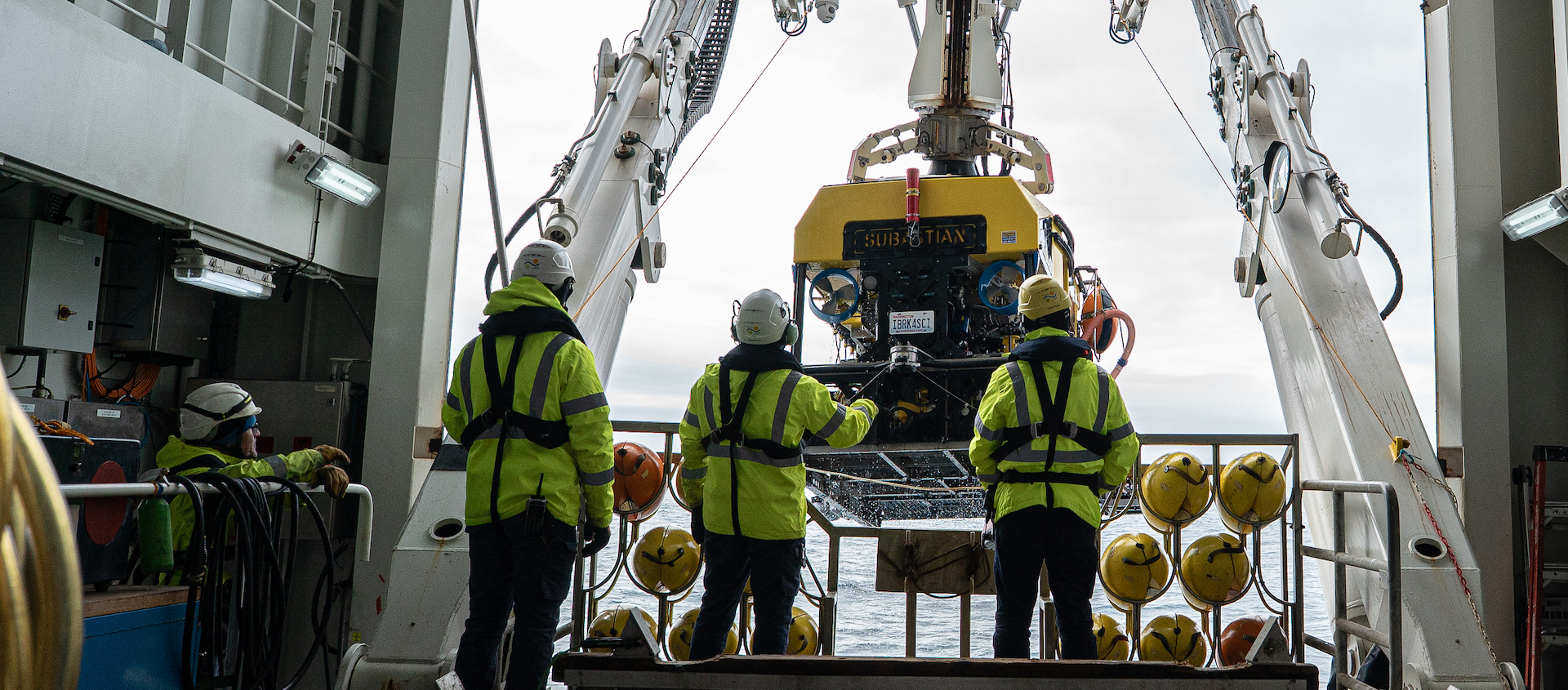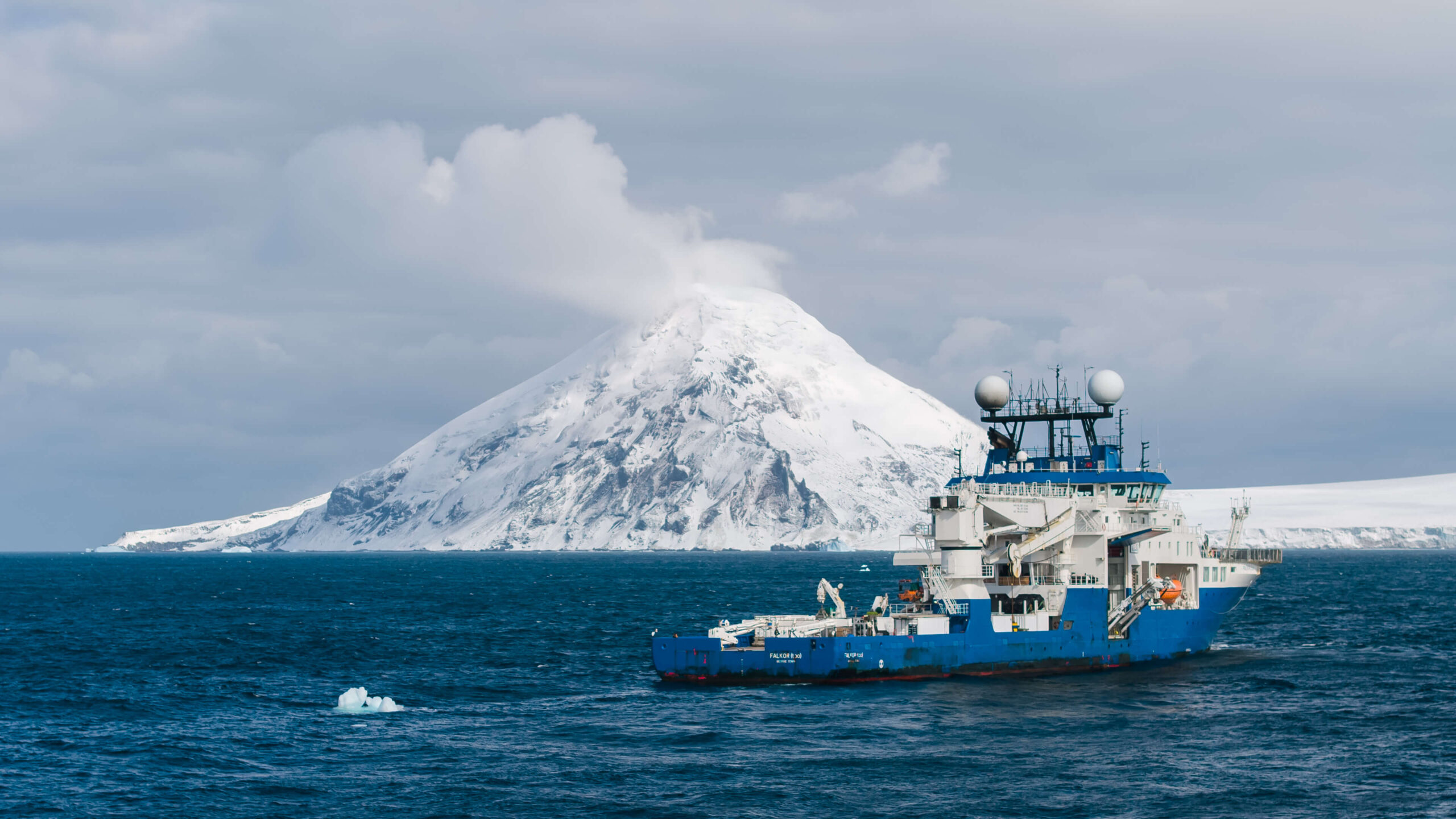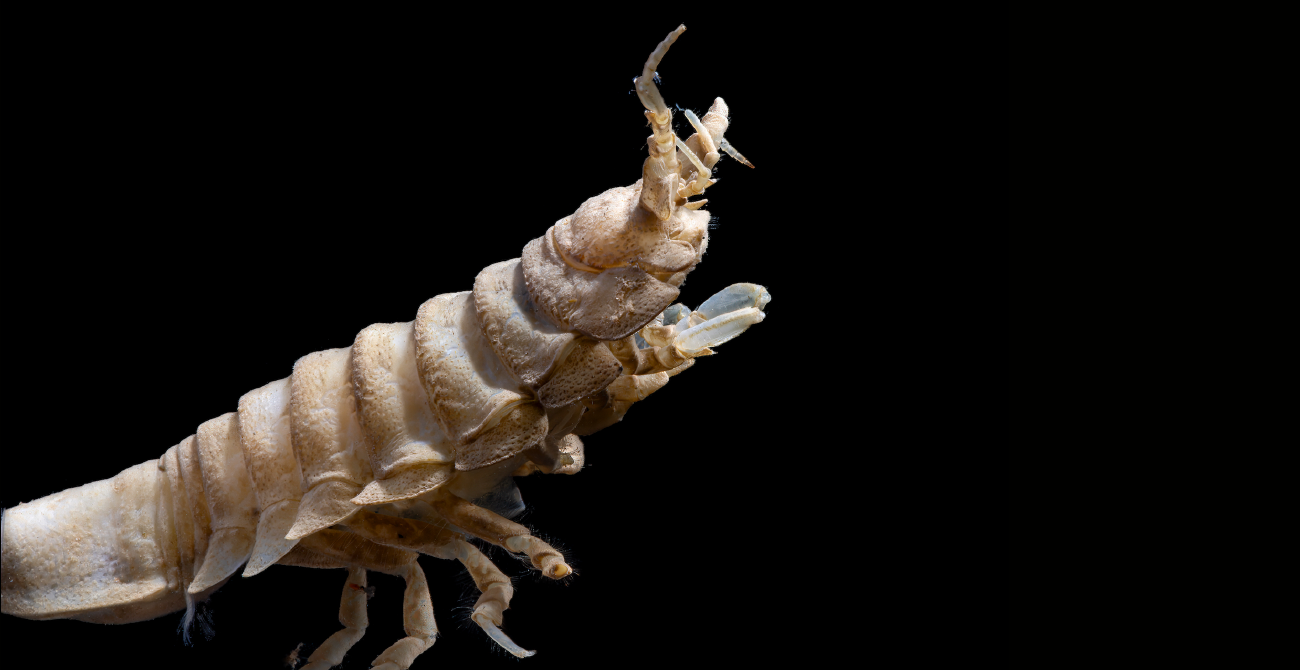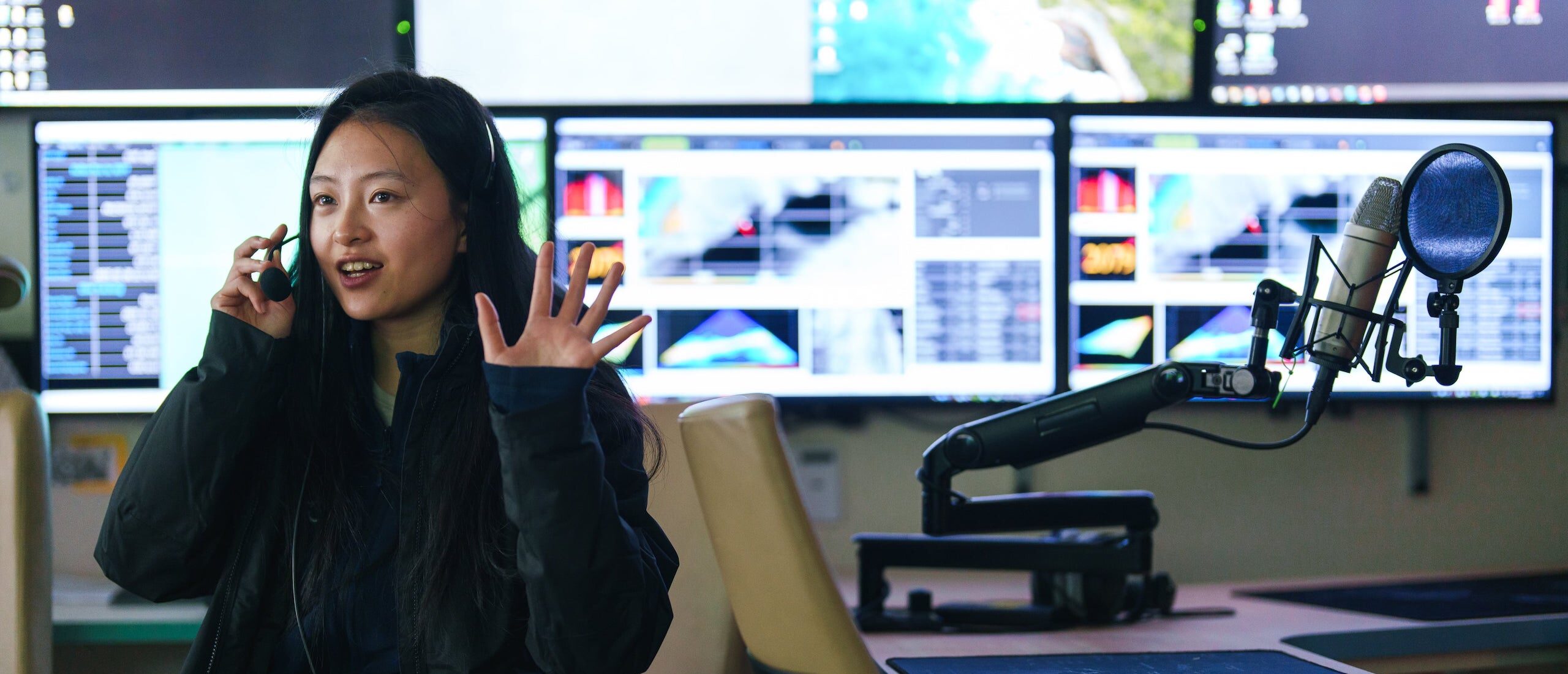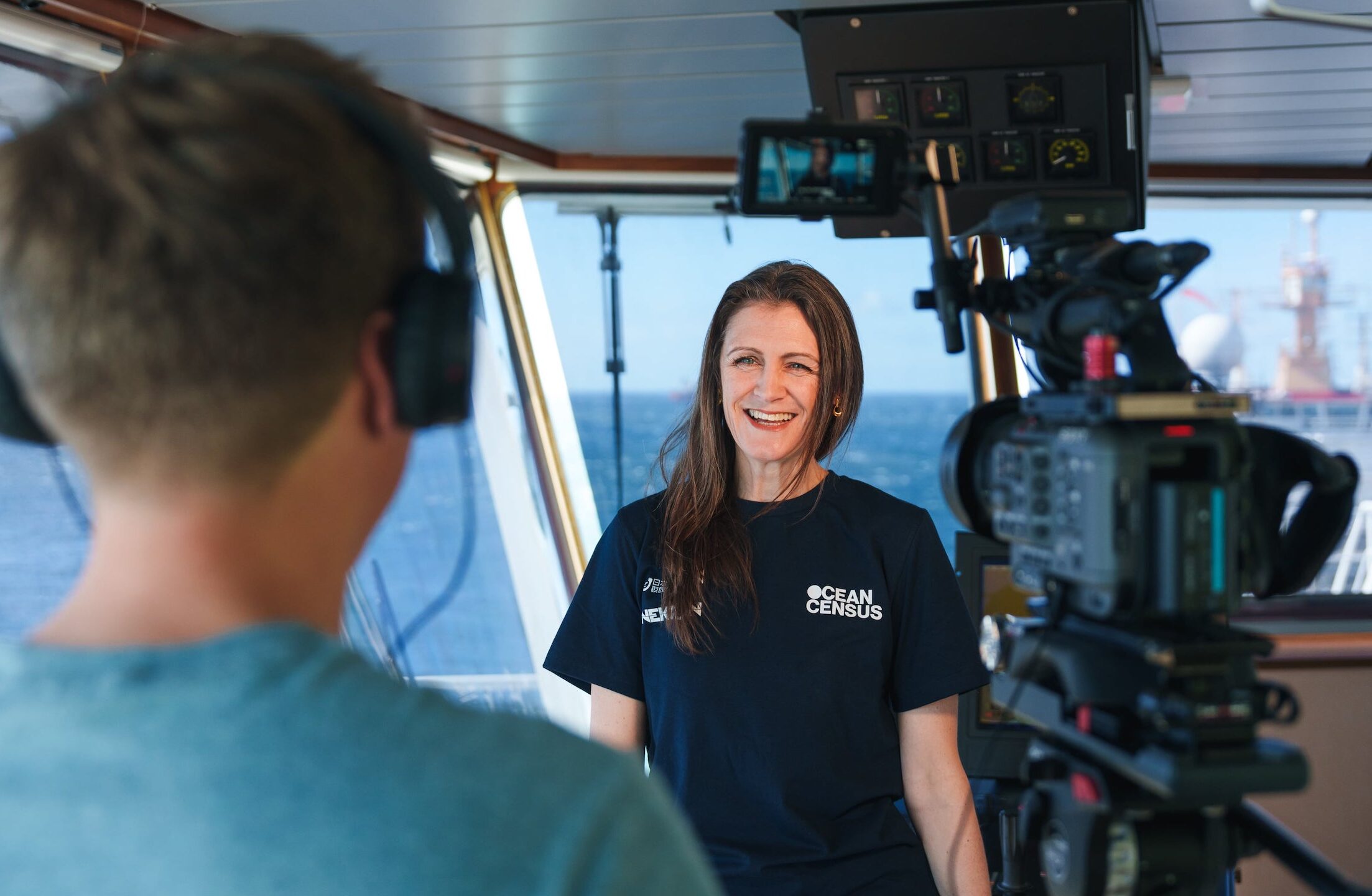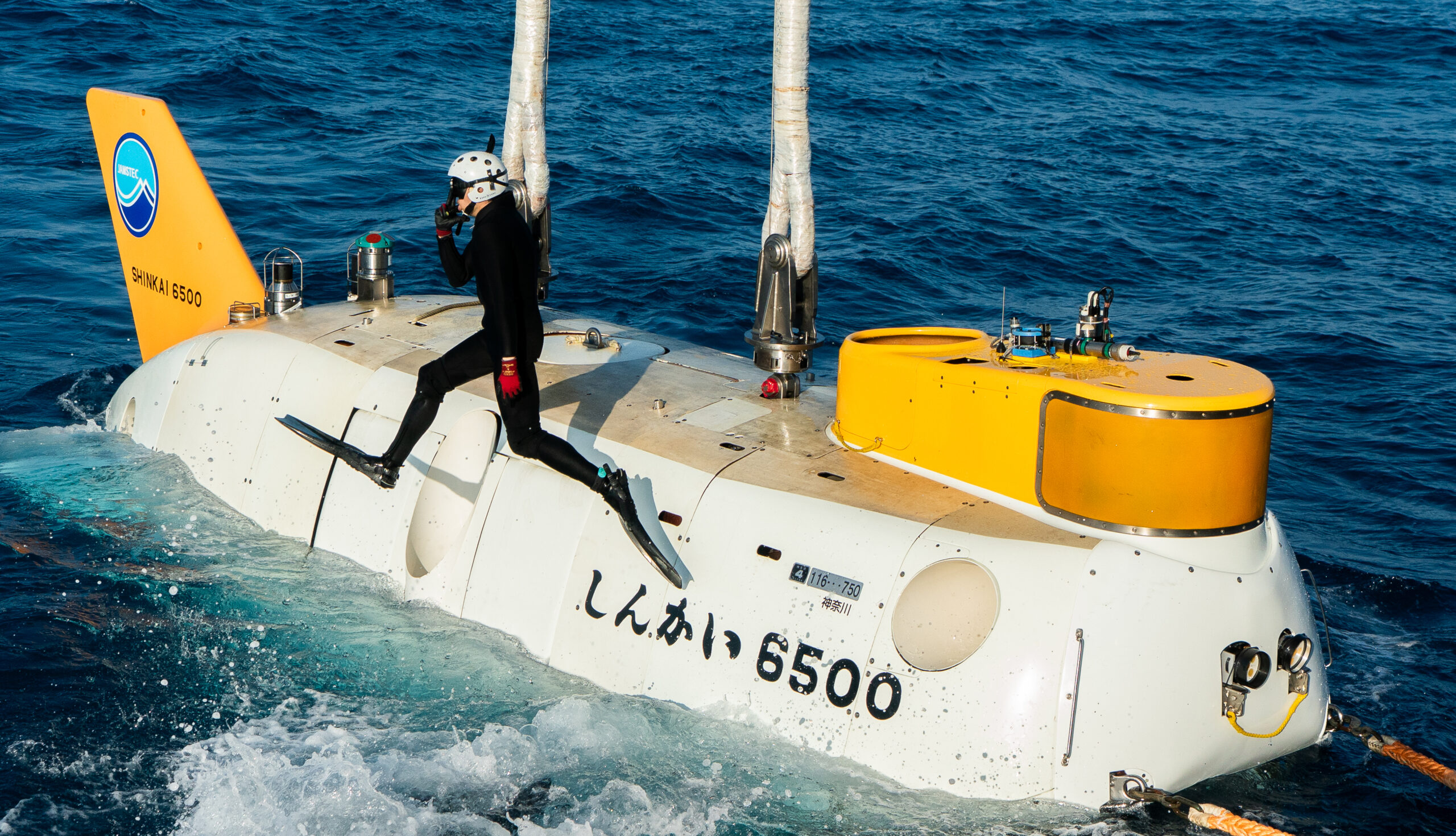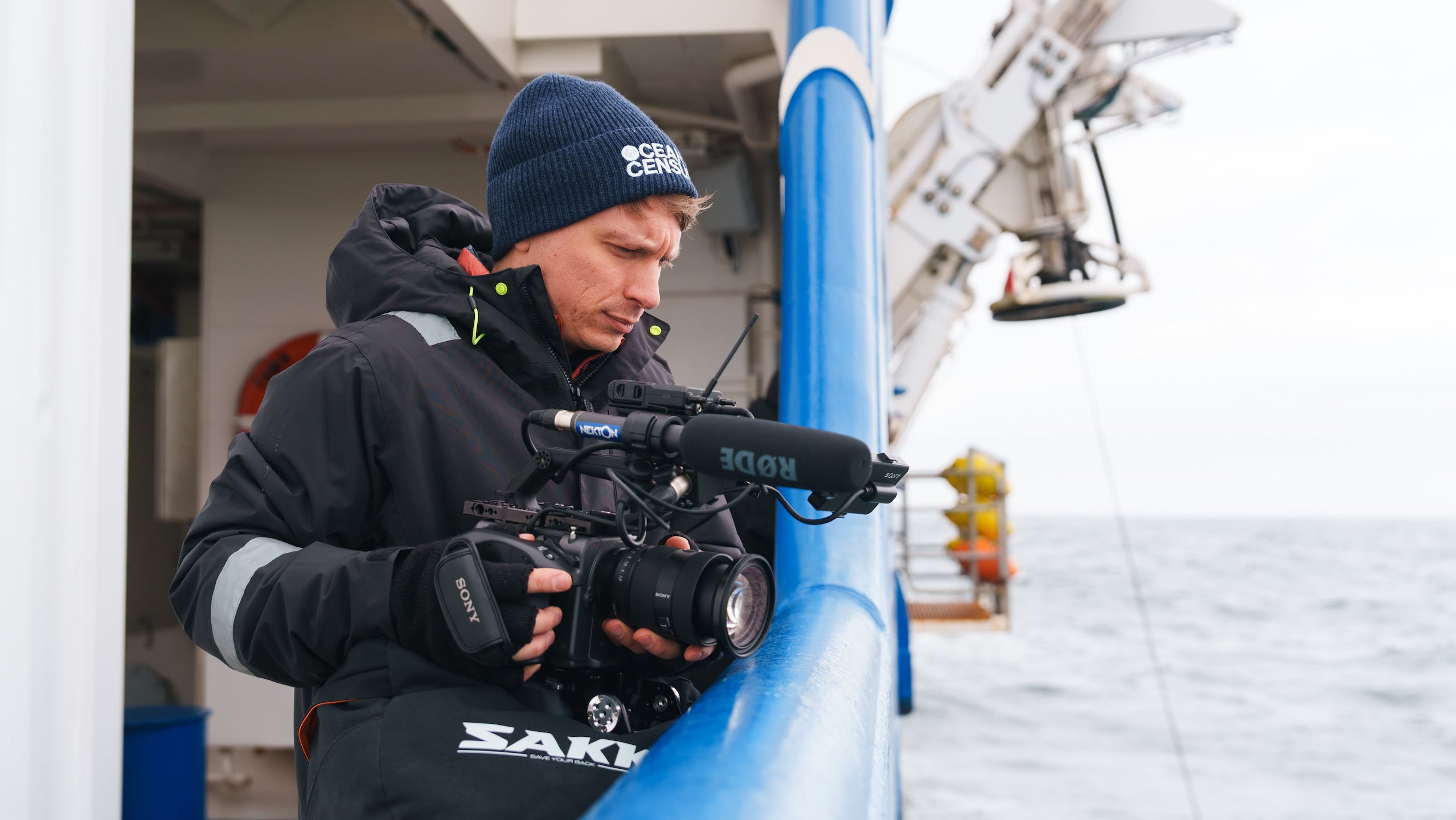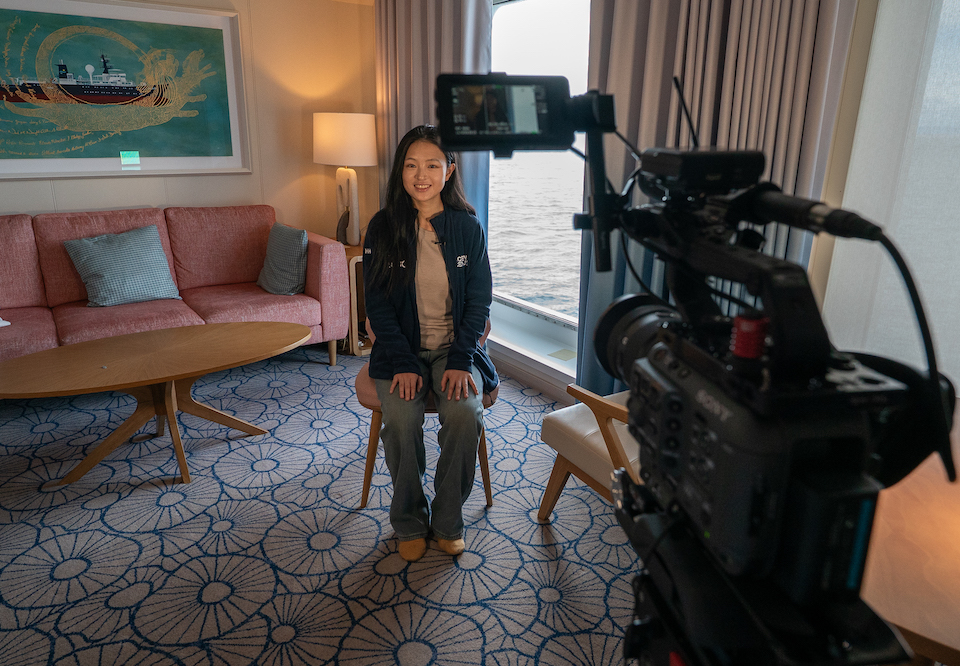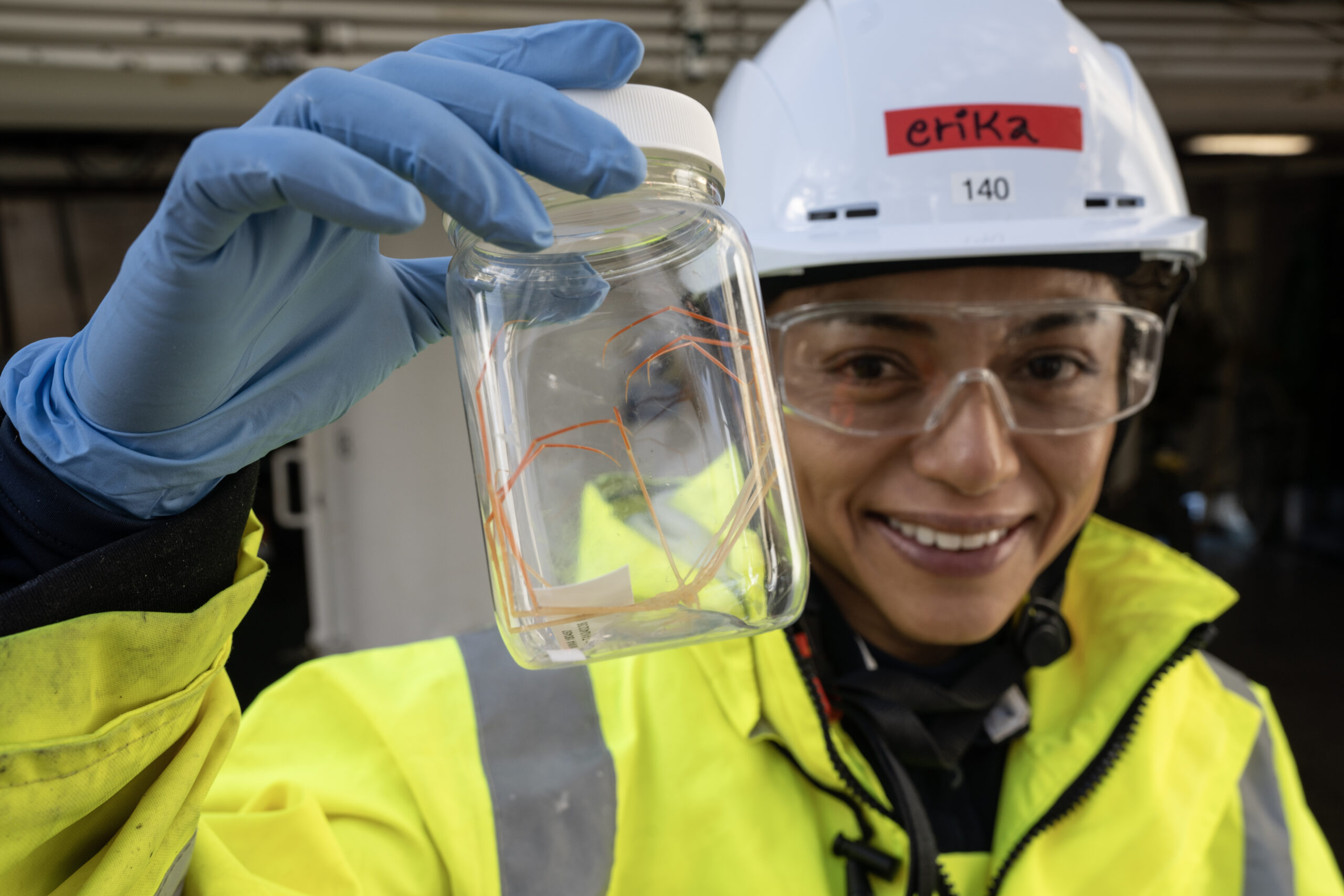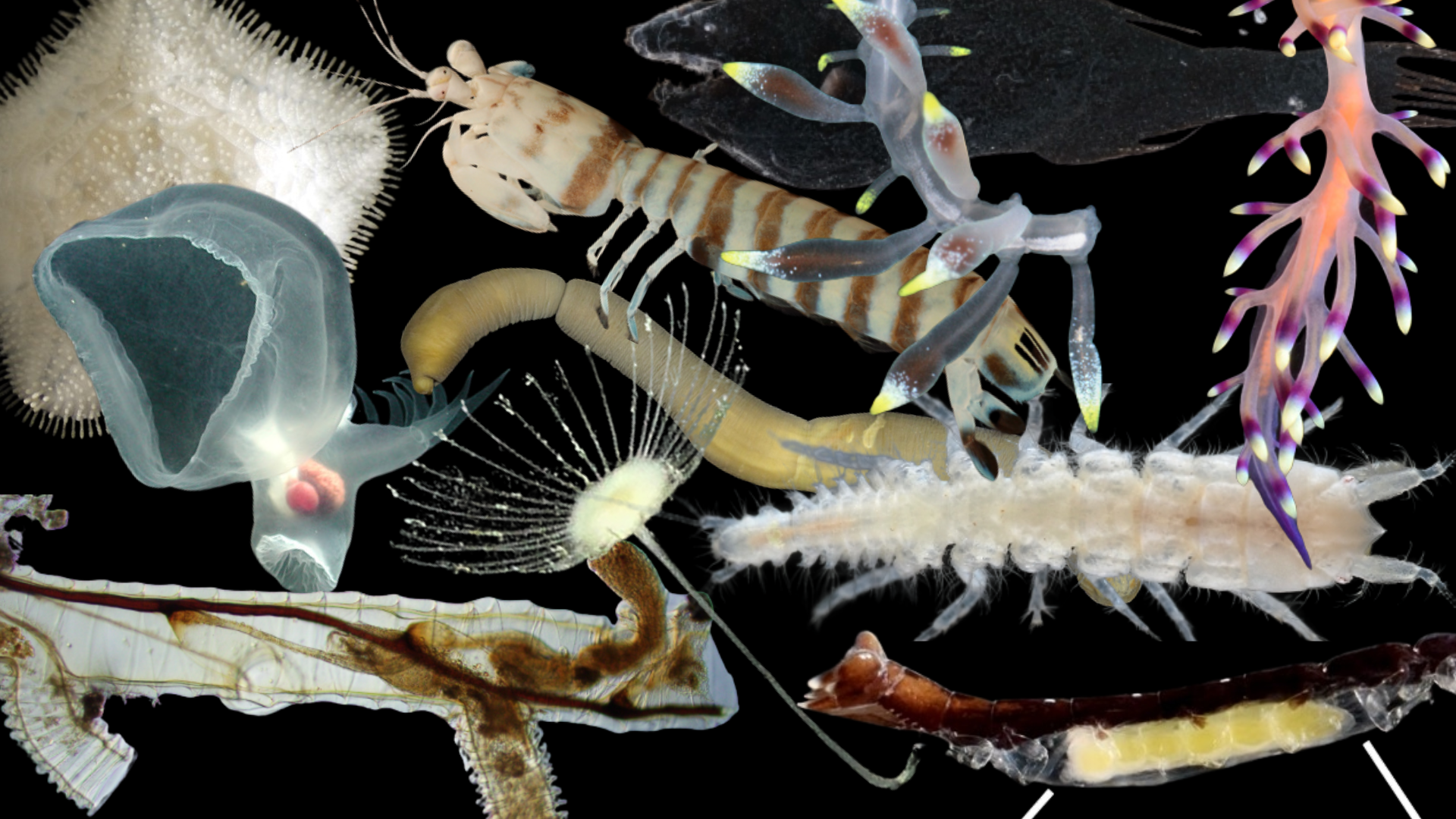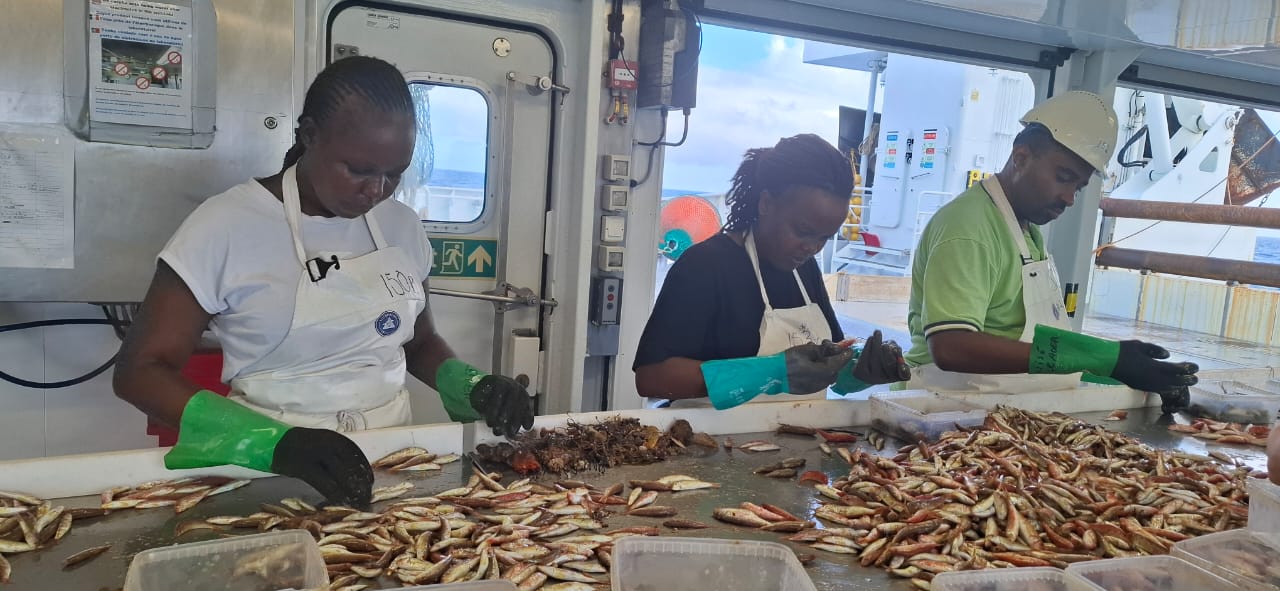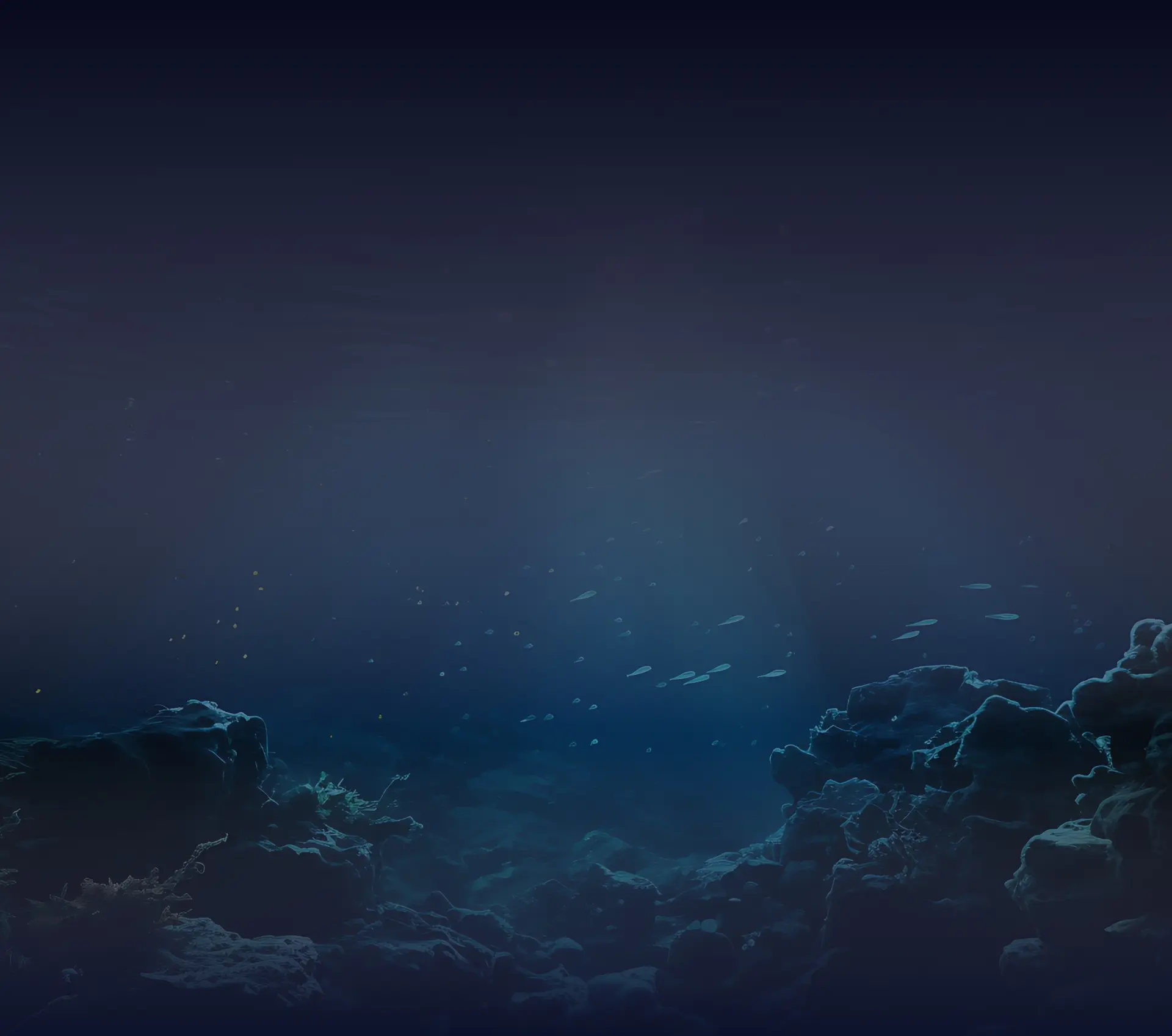

Life onboard with NIWA Technician Caroline Chin
Life Onboard
“Animals come in all forms of cute, beautiful, ugly, bizarre, and horrifying! I grew up in Borneo, a biodiversity hotspot in Southeast Asia, so my fascination for the weird and wonderful fauna from rainforests came from an early age.”
Caroline Chin is a Marine Biology Technician at NIWA who has participated in an incredible 16 voyages through her work, including diving to 6,300 metres in a submersible in the Kermadec Trench in the South Pacific.
As she begins her Phd, Caroline discusses her experience onboard, what the future holds for deep ocean science, and why the numbfish is a real-life Pokémon:
What has been your role on the Ocean Census-Bounty Trough voyage?
CC: I am primarily helping with recording and preserving specimens that are collected from the various sampling equipment we have. I record the data into a collections database so that we can track and locate our samples in the future. I also help with recording DTIS observations on the seafloor, as well as processing sediment from the multicorer.
What’s it like observing the DTIS? Can you describe the deployment?
CC: It can be a mixed bag of exciting and not-so-interesting observations, so it can either feel like time flew by very quickly or it dragged on for too long when there was nothing but muddy sediment and burrows. The deployment starts off with testing the camera before it goes over the side and then towed alongside the boat. Once it hits the bottom, we use software to record what substrate and benthic fauna we see along a given transect by watching a low-pixel resolution screen in the lab. A DTIS transect usually takes about an hour. It takes a team of three to run the deployment: one to oversee that DTIS is working smoothly, another to call out animal observations and one to record these observations.
What happens with the animals when we get back to Wellington and why is this work important?
CC: The animals are stored at the NIWA Invertebrate Collection (NIC), one of the few nationally significant natural history collections here in New Zealand. The animals will eventually be identified by world-class taxonomists from New Zealand and other parts of the globe, then properly curated on our collection shelves for further research such as genetics, eDNA, etc. These animals will further enhance our understanding and appreciation of the biodiversity found on the seafloor in the Bounty Trough.
You’ve been on a lot of voyages! How many have you been on and what are some highlight moments?
CC: I have been on 16 voyages. Some highlights on my trip were doing two submersible dives (1,800 metres and 6,300 metres) in the Kermadec Trench as well as seeing a humpback whale in Antarctica breaching close to the boat when setting up a Continuous Plankton Recorder (CPR) on the fantail.
You get excited when you see animals. Why is that, what intrigues you about marine animals?
CC: Animals come in all forms of cute, beautiful, ugly, bizarre, and horrifying! I grew up in Borneo, a biodiversity hotspot in Southeast Asia, so my fascination for the weird and wonderful fauna from rainforests came from an early age. As for marine animals, I am impressed and perplexed that they can survive in harsh environments like the deep sea with cold temperatures, food scarcity, and high hydrostatic pressure.
We hear you have started your PHD – what are you researching?
CC: I am investigating benthic faunal patterns in the Kermadec Trench using video imagery and applying artificial intelligence (or deep learning) in my PhD project.
CC: How can AI help ocean science?
It can be used as a tool to help with complex tasks or making sense of large amounts of data that are challenging for humans to analyse and process quickly. For example, for underwater imagery, manual annotations have been used to label animals in videos and photographs. However, human annotation is tedious and time-consuming, especially when a lot of imagery is collected. A one-hour video can sometimes take 3 days to analyse! Using AI can help quicken the process, so that scientists can focus on other scientific tasks rather than spend hours counting thousands of animals on a video transect.
Finally, what’s your favourite animal?
CC: I have many favourites in the marine world. Currently, it is the numbfish because it looks like a real-life electric Pokémon – apparently it can give quite a jolt despite looking like a harmless blob. Otherwise, my all-time favourite animal is Mourka, my 11-year-old tabby who is cross-eyed, has 4 teeth and gives great high fives.
Our thanks to Caroline and NIWA for sharing this interview.
This expedition is led by Ocean Census, The National Institute of Water and Atmospheric Research (NIWA), and the Museum of New Zealand Te Papa Tongarewa.
If you’re a scientist interested in participating in future expeditions, register for the Ocean Census Science Network and support our growing community and be the first to hear about upcoming opportunities.
Credit: all images and video to Ocean Census/NIWA
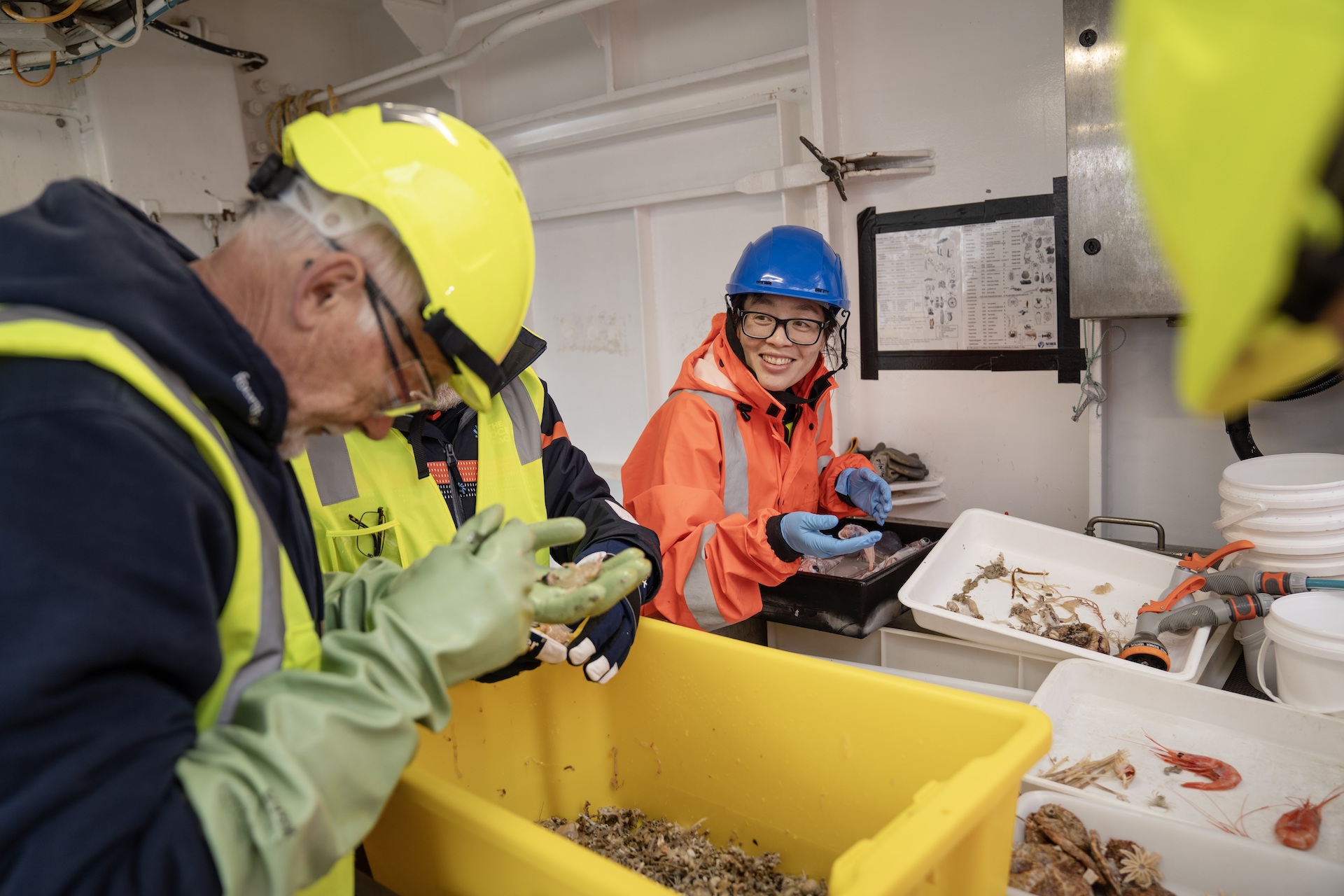
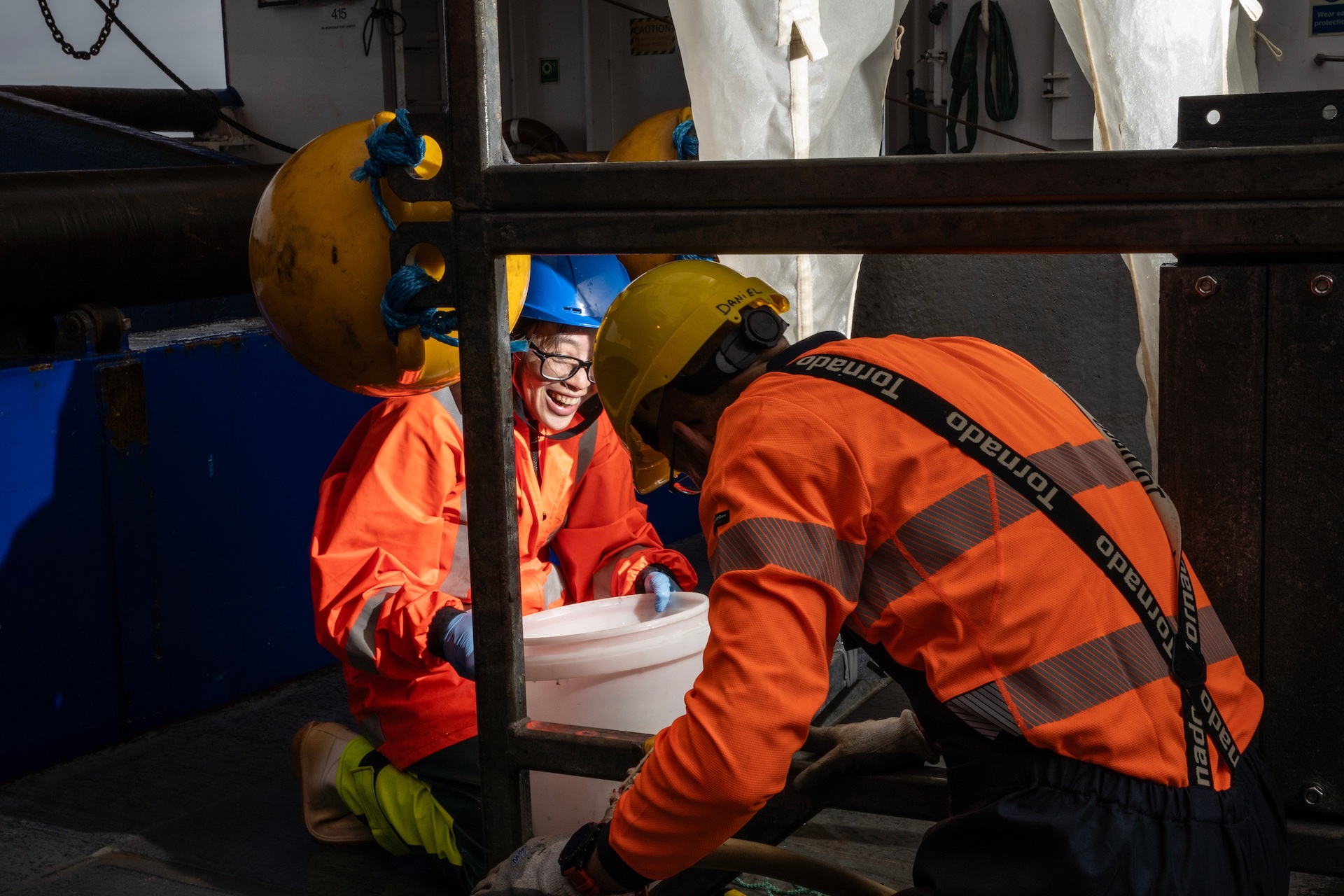

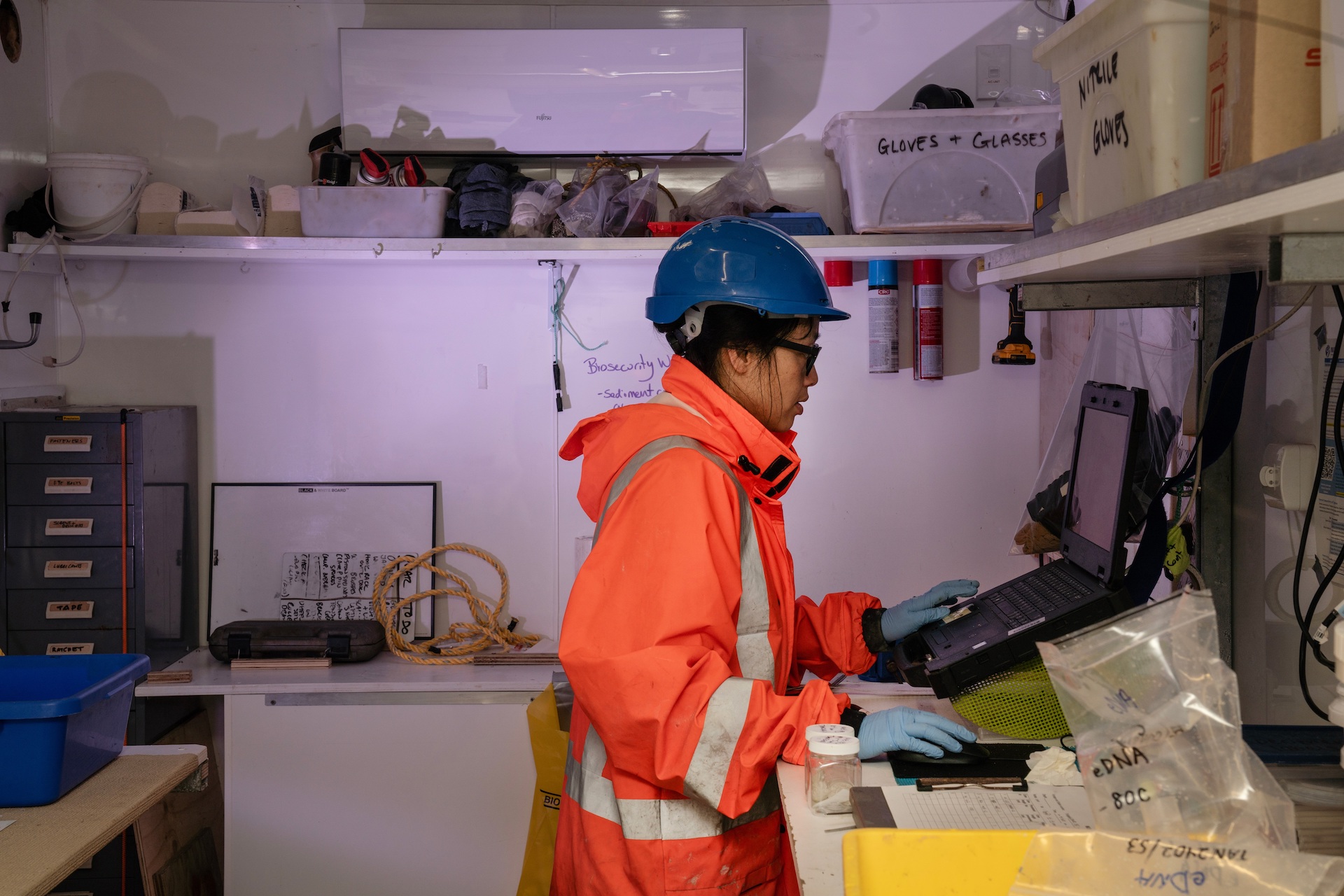
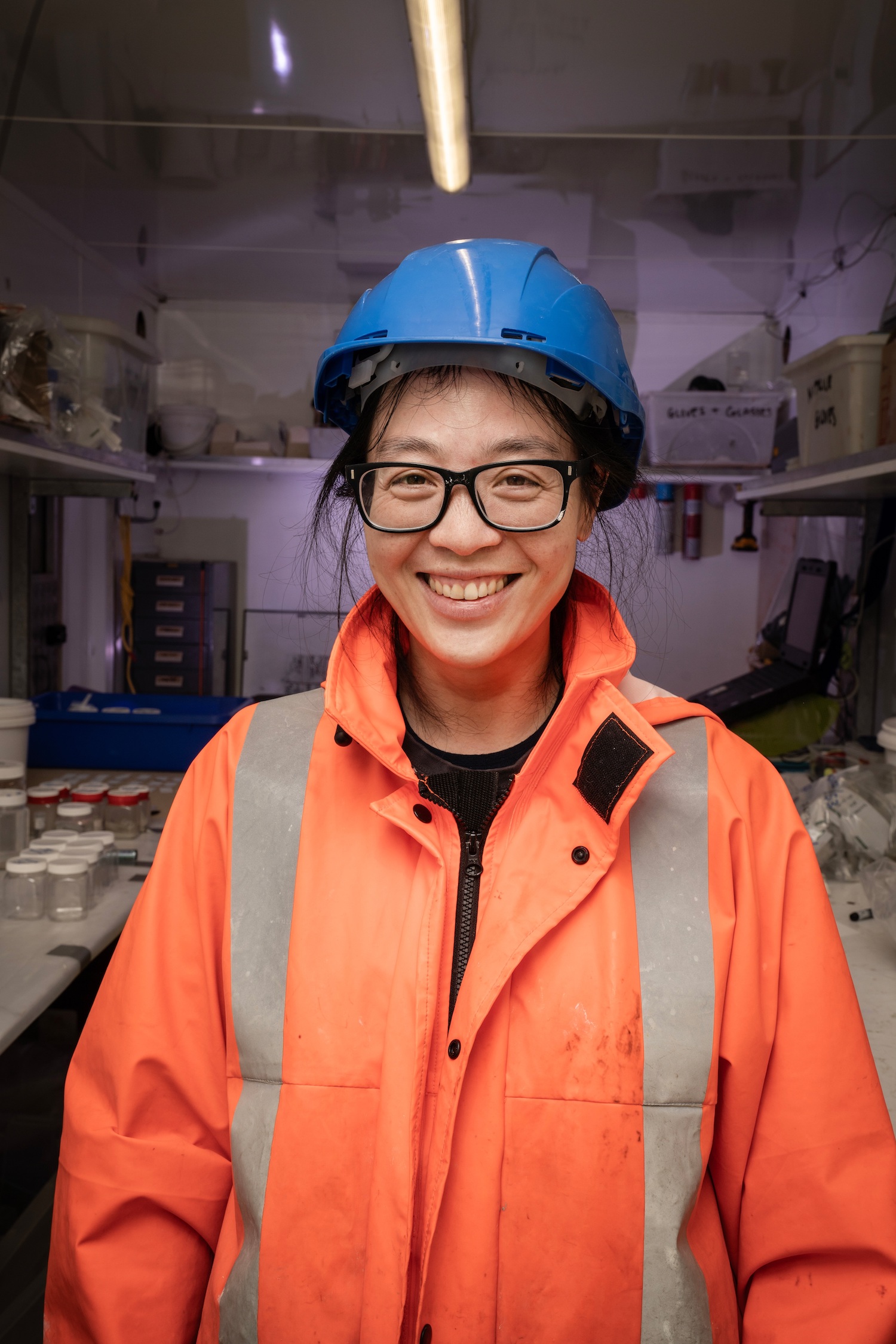
Related News
Join the census
The Ocean Census Alliance unites national and philanthropic marine institutes, museums, and universities, backed by governments, philanthropy, business and civil society partners.
